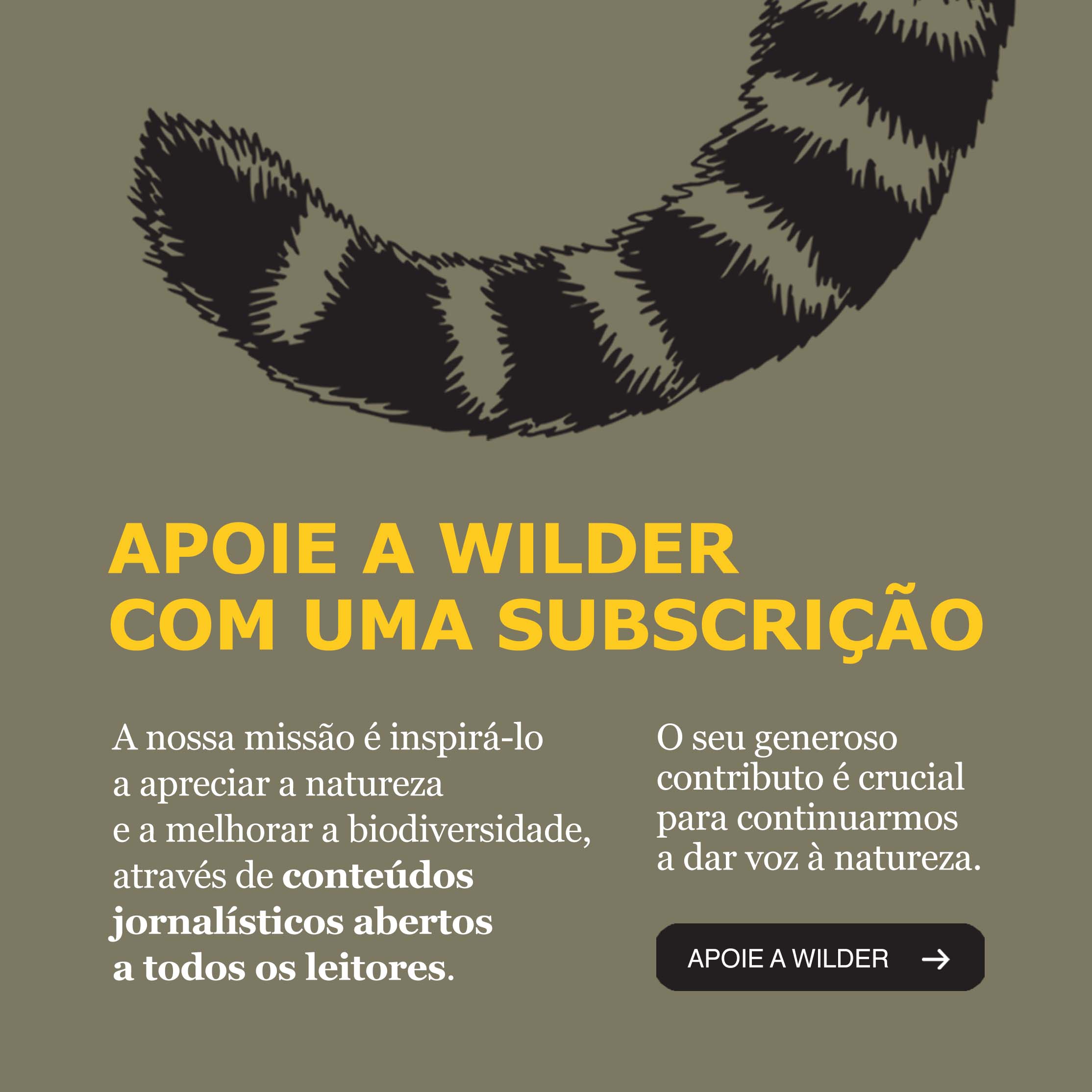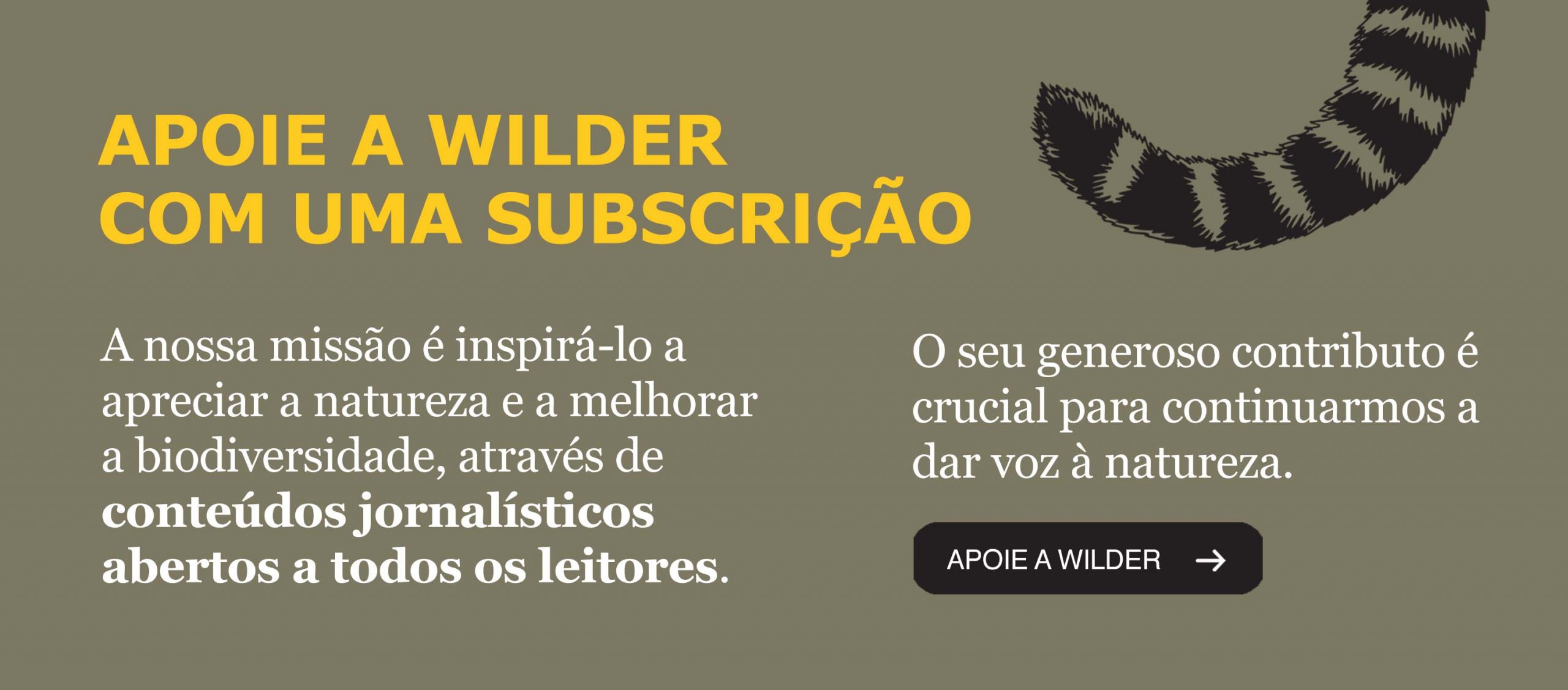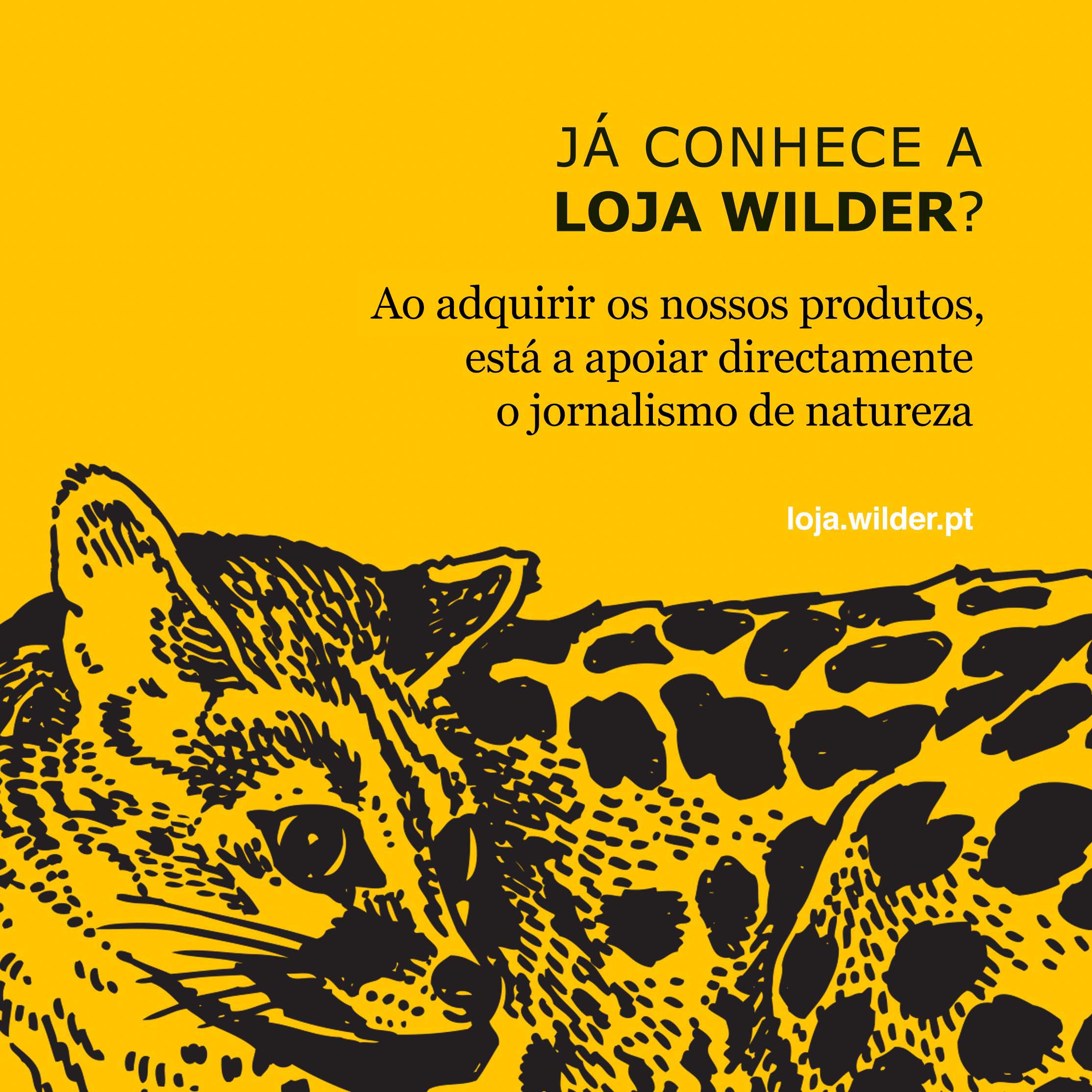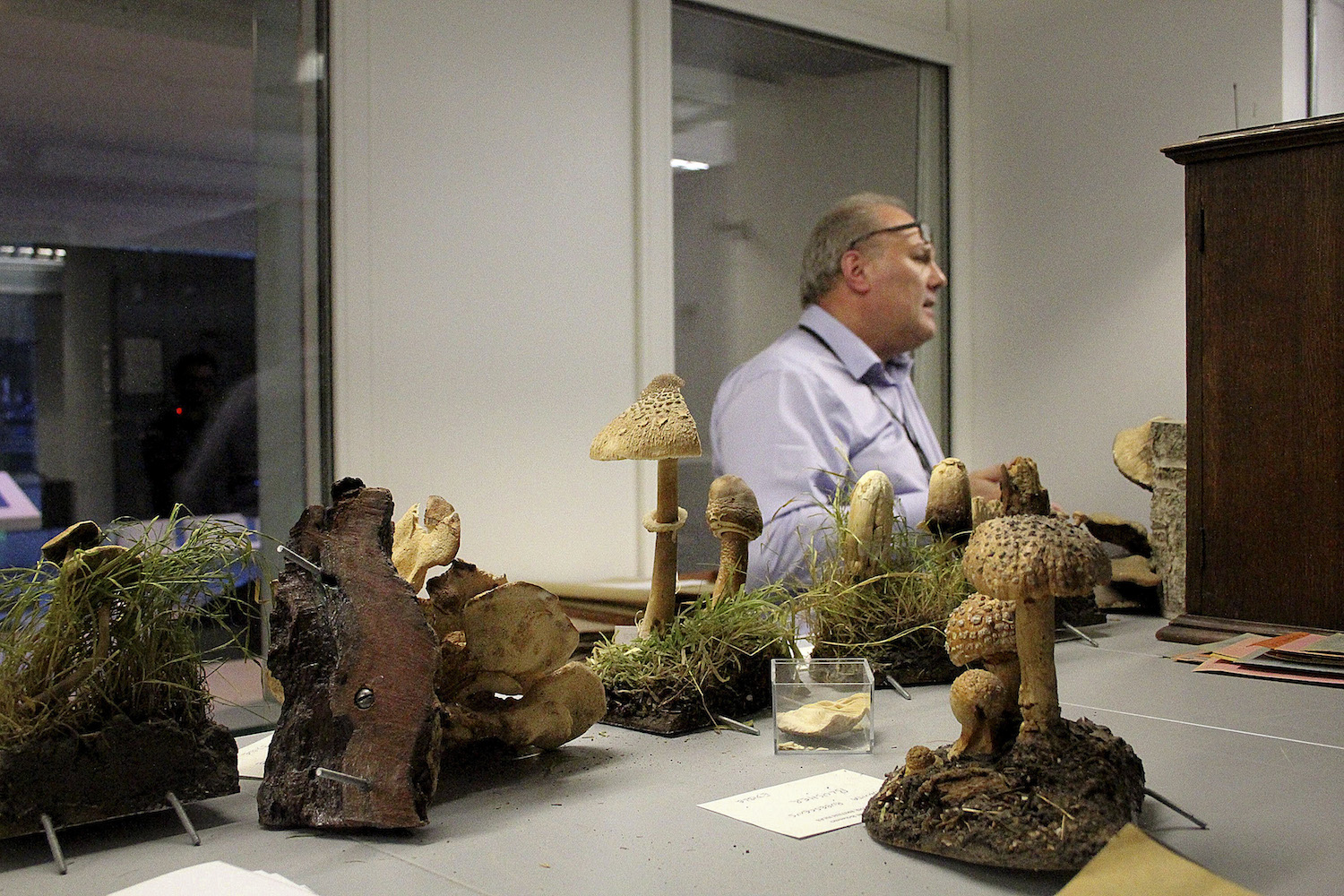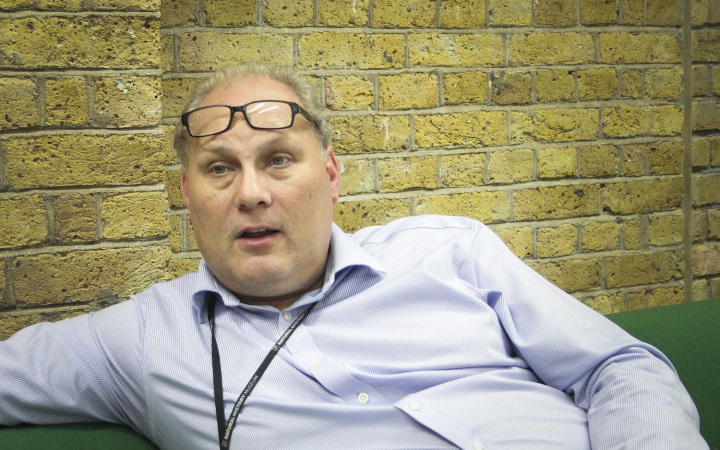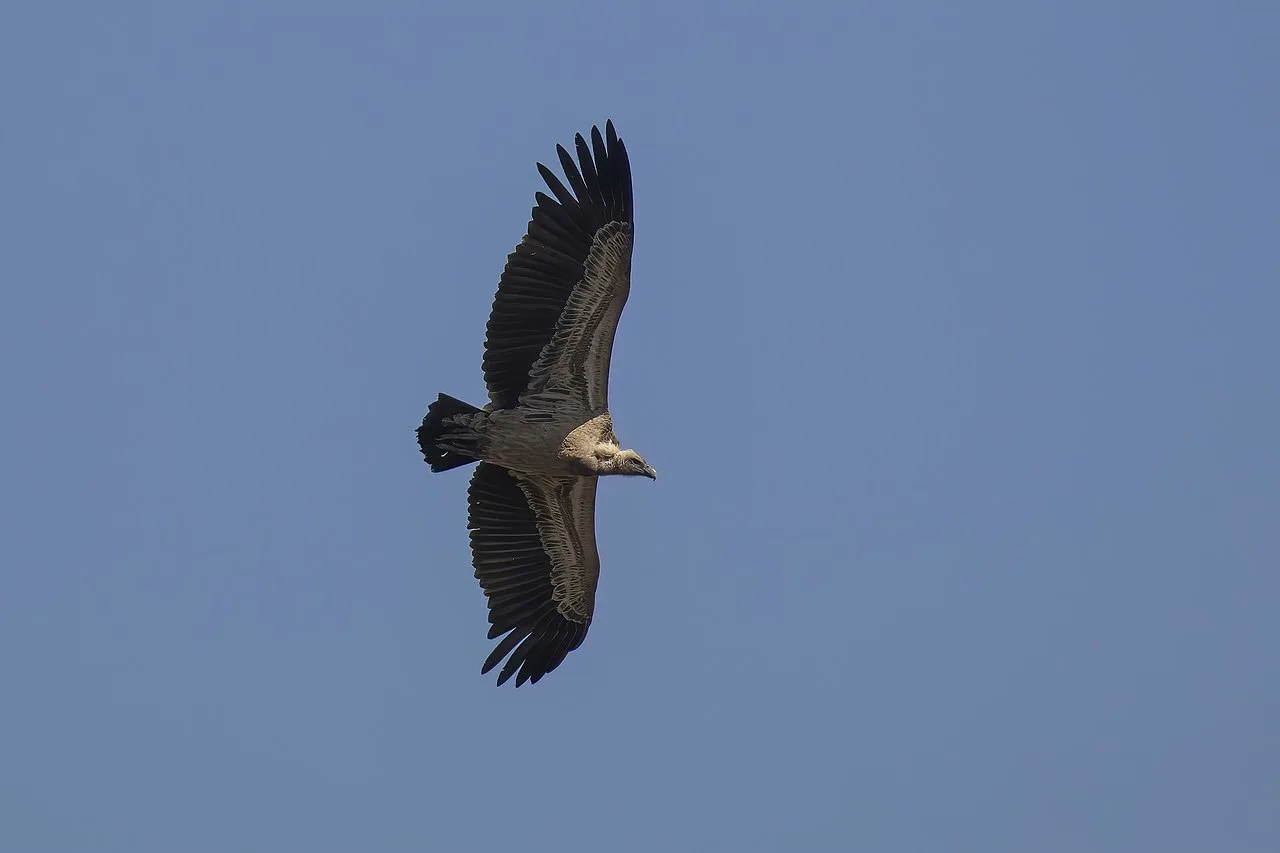An expedition in a forest to look for moths, when he was a child, was the inspirational moment that Stuart Hine needed to become a naturalist. Today, he is the director of the Angela Marmont Centre for UK Biodiversity, created in 2010 by the Natural History Museum. This is a place where anyone can go to learn which species is that they’ve found on their walk or at home. Stuart Hine believes that opening museum’s collections to people it’s a great opportunity to inspire them.
Wilder: How does someone become a naturalist?
Stuart Hine: Fundamentally, it’s inspiring people. And this is true for any kind of interest, from planes to cooking. What you have to do is have those inspirational moments.
Wilder: What was your inspirational moment?
Stuart Hine: I had parents who were interested in Natural History up to a point. They fed birds in the garden, took their children for walks in the countryside and we looked at nature very broadly. But my inspirational moment was my first opportunity to look for moth’s traps at night. I went with my natural history group and some of the people where there with the lights in the middle of the wood, after dark. The air was thick with moths. And that’s a moment you’ll never forget. I didn’t know there were this many moths. It was the moths that showed me how fascinating nature could be.
Wilder: So, what inspires people to nature?
Stuart Hine: What we don’t want to do is, in a sense, reinvent the wheel. We can look at ourselves and ask for the reasons that brought us here. It’s obvious that we can’t assume, as much as we would like, that we can turn every individual into a naturalist. Some people like steam engines, some people like racing cars and some people like Natural History. But what we do want to make sure is that there’s enough opportunities for the general public to engage with nature. And I think the opportunity today is greater than has ever been before.
Wilder: But, nowadays even more people live in cities, where the contact with nature is more difficult…
Stuart Hine: Yes, sure. In a sense, people who live in the city, do they have an appreciation for nature? I think the answer is probably many people don’t. Some of they do, and if they do they will look for nature in cities. Because that’s something they need, the greenery, fresh air. It’s very important to provide events for people to attend. And no one group or museum can do that alone; we all have to be playing a strong role in the advocacy of promoting Natural History.
Wilder: And what is the role of the Angela Marmont Centre?
Stuart Hine: In UK there are many groups and societies that have lots of interests, such as spiders, bugs, butterflies, and so on. They have hundreds of members. We want to galvanize that and be a hub for anyone with an interest in Natural History. We support expert naturalists but also the people who are just starting to make their first steps. And the first step in that ladder can be to provide an identification service.
Wilder: And how do you do that?
Stuart Hine: For instance, someone finds a bug in the garden or inside their house and don’t know what it is. They can put the animal inside a matchbox and come to us. We seat with them, at this table, and tell them what is it that they have. Usually they are very common creatures. That’s the first step. And I think that’s fascinating. It’s very gratifying to be able to dispel myths and tell people that that won’t eat their curtains or injure their children or their dog. But we can go further.
Wilder: How is that?
Stuart Hine: We can help them discover by themselves what is that species they brought. We invite them to use the space where we work, as well as the microscopes, the hundreds of identification books and to ask questions to our specialists. And opening the drawers of our collections and touch the specimens to compare to the one they have. If you lock everything away, even if you have valuable things, you don’t inspire anyone. We want to see the people who come to us gradually becoming specialists.
Wilder: And why is it important for us to climb that naturalist ladder?
Stuart Hine: It’s a measure of learning. If we just tell people which animal, plant or fossil specie is that that they have brought, we don’t know what they’ll do with that knowledge. It would be great to think that they went off and spoke to their neighbours, friends and family and told them that they’ve found a bug from half a dozen they can easily see in their gardens and teach them what they’ve learnt. This way, we are encouraging them to look for more species and to come back to learn more. What’s the value in that? To me, that’s the first step to involve people. It’s turning Natural History into something simple and accessible.
Wilder: Naturalist citizens are important, or not, for Science?
Stuart Hine: Yes. I think the successful citizen science projects are those where there is a very strong focus and the simplest ones. And there are two important things. First, people need to feel that their contribution was worth wile and get something in return. And secondly, projects have to capture people’s imagination. If we want to do a citizen science project on slugs you might not have many people participating. But ladybirds are very evocative, for instance. Sometimes, we don’t have to do a citizen science project, just a project for people to get involved.
Wilder: And is it worth to just run a citizen science project when you really don’t expect great science from it?
Stuart Hine: I think that there is some value in that as well. What you are asking people to record it doesn’t really answer science questions but does get them engaged and used to reporting to you. And you can use them in the future; building a web of committed naturalists.
Wilder: Have the scientists’ time to spend on citizens?
Stuart Hine: I think it comes down to your own personality. We have scientists who simply can’t communicate well, you’ve got some who are Ok with it but don’t particularly want to do it because it uses their time and then we have others who are very good at it and that are very willing to do it.
Wilder: Does your team work a full time on the centre?
Stuart Hine: Yes. We have one investigator who does the routine identification for insects, zoology and bones; we have a botanist and another investigator who identifies fossils. We try to do as much as we can. We receive, on average, 5000 of these kinds of inquiries each year. And that does not include our online forum. We are almost as exited as the people who come here. If they bring something for us to identify, that’s fascinating! We’ve already seen it before, but it’s brilliant all the same.
Wilder: How do you imagine this centre in the future?
Stuart Hine: More developing resources that people can use to identify their findings. There are a lot of people who are interested in Natural History but don’t want to have to learn facts. They want to look at pictures and instantly recognize and identify the species they are looking for. And that’s a quicker way of identification. We’ve got to come up with more galleries of very good images of the most common and abundant species, for instance, the 20 most common caterpillars. If someone finds a caterpillar in the garden, there’s a 99% chance that it’s on that list.
Wilder: It’s important to simplify.
Stuart Hine: Absolutely. A common mistake is to give all the information about one species. The majority of people won’t be interested and it will be satisfied with a minimum of information. And now that they already know which species is, they can find more about it by themselves, if they want to. We have to give them space to discover things by themselves.
[divider type=”thin”] Come with us to the Angela Marmont Center, here.

